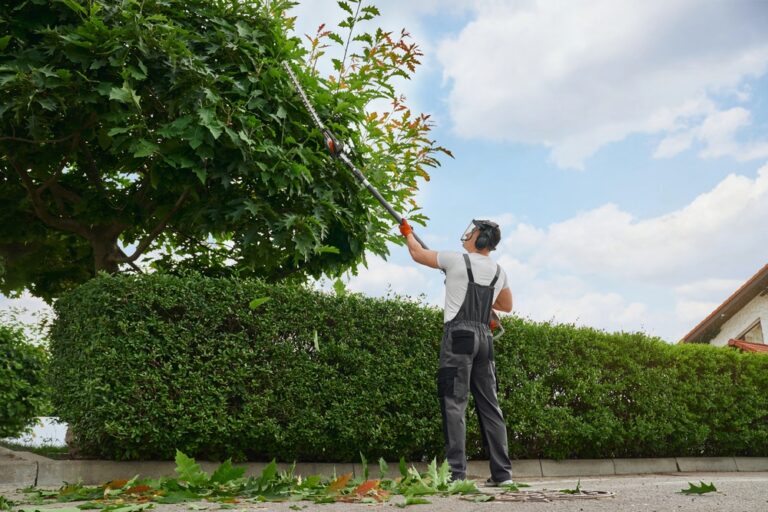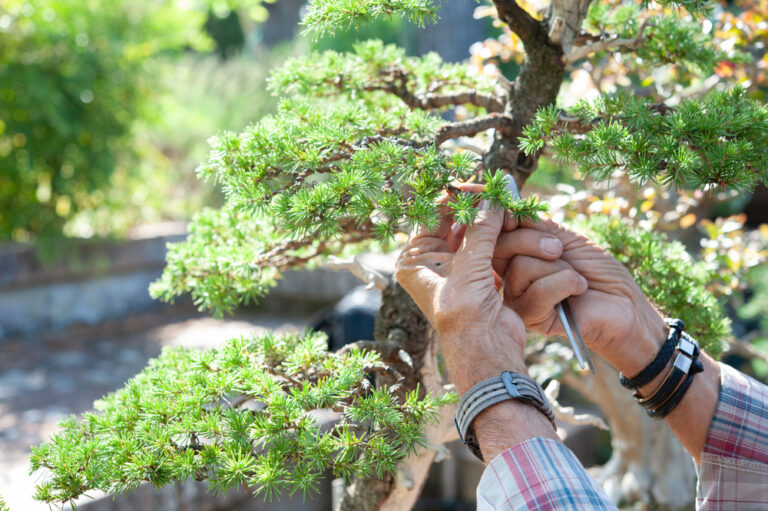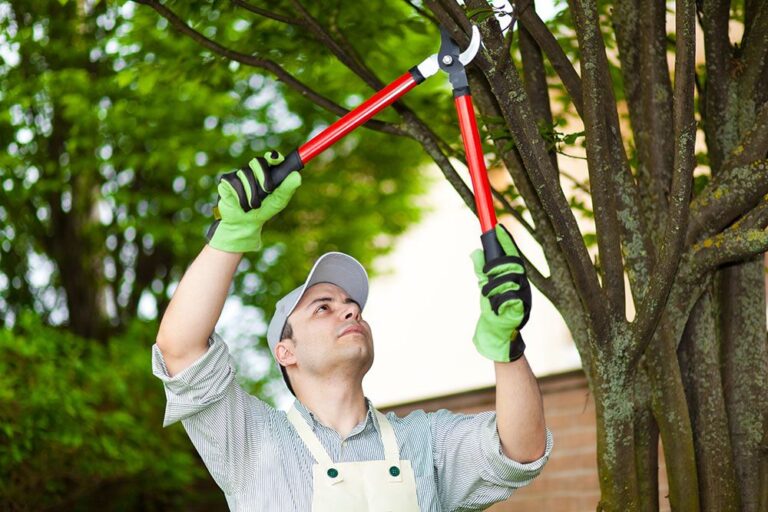Expert Tree Care Tips: Maintaining a Healthy Environment in Richmond, VA
In the verdant landscape of Richmond, VA, trees not only add to the aesthetic charm but also play a vital role in sustaining the local ecosystem. Proper tree care and maintenance are essential to ensure their health and longevity, contributing to a healthier environment. Let’s delve into some expert tips on how to care for your trees effectively in Richmond’s unique climate and surroundings.
Trees are not just static elements of the landscape; they are living organisms that require care and attention to thrive. Maintaining them not only enhances the beauty of our surroundings but also provides numerous environmental benefits such as improving air quality, conserving energy, and supporting biodiversity.
Richmond, VA, nestled in the heart of the mid-Atlantic region, experiences a humid subtropical climate characterized by hot summers and mild winters. This climate fosters a diverse range of tree species, including oak, maple, pine, and dogwood, among others. Understanding the local climate and tree varieties is crucial for effective tree care practices.
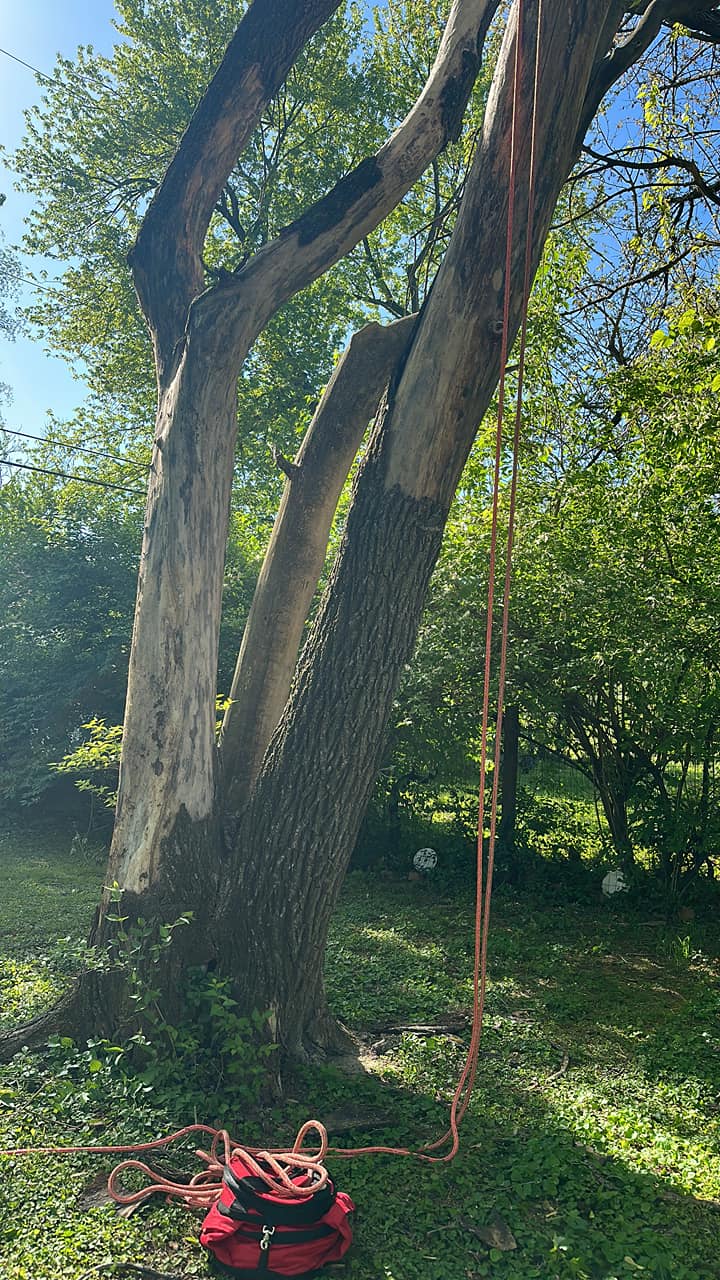
Pruning and Trimming
- Benefits of Regular Pruning and Trimming: Regular pruning and trimming are essential for maintaining the structural integrity and aesthetic appeal of trees. By removing dead or diseased branches, you not only improve the tree’s appearance but also promote healthy growth and reduce the risk of damage during storms.
- Recommended Frequency and Techniques: The frequency of pruning and trimming depends on the tree species, age, and desired outcome. Generally, it’s advisable to prune deciduous trees during the dormant season and evergreens in late winter or early spring. Techniques such as crown thinning, crown raising, and crown reduction should be employed judiciously to achieve the desired results without harming the tree.
- Safety Precautions and Tools: Safety should always be a top priority when pruning or trimming trees. Using sharp, clean tools and wearing appropriate protective gear can prevent accidents and ensure efficient work. It’s also essential to familiarize yourself with proper pruning techniques to avoid damaging the tree’s health.
Watering and Fertilizing
- Proper Watering Methods for Different Tree Types: Watering is crucial, especially for newly planted or young trees, to establish strong root systems. Deep watering at the base of the tree, rather than shallow, frequent watering, encourages deep root growth and drought resistance. However, it’s essential to adjust watering frequency based on soil type, weather conditions, and tree species’ water requirements.
- Types of Fertilizers and When to Use Them: Fertilizing provides trees with essential nutrients for healthy growth and development. Organic fertilizers, such as compost or manure, can improve soil structure and microbial activity, while slow-release synthetic fertilizers offer a more controlled nutrient release. Apply fertilizer in early spring or late fall when trees are actively growing and can utilize nutrients efficiently.
- Avoiding Over-Watering and Over-Fertilizing: Over-watering and over-fertilizing can be detrimental to tree health, leading to root rot, nutrient imbalances, and susceptibility to pests and diseases. Monitor soil moisture levels regularly and adjust watering accordingly. Similarly, follow recommended fertilizer application rates and avoid excessive use, especially near the tree’s root zone.
Pest Control
- Common Tree Pests in Richmond, VA: Richmond’s warm, humid climate provides an ideal habitat for various tree pests, including aphids, scales, and borers. These pests can cause damage by feeding on leaves, stems, or roots, weakening the tree’s overall health and vitality.
- Natural and Chemical Pest Control Methods: Integrated pest management (IPM) combines cultural, biological, and chemical control methods to manage pest populations effectively while minimizing environmental impact. Cultural practices such as maintaining tree vigor and promoting natural predators can help prevent pest infestations. In severe cases, targeted pesticide applications may be necessary, but should be used sparingly and as a last resort.
- Signs of Pest Infestation and How to Address It: Early detection of pest infestations is key to preventing significant damage to trees. Look for signs such as wilting leaves, abnormal growth, or presence of insects or larvae. Depending on the severity of the infestation, treatments such as insecticidal soaps, horticultural oils, or systemic insecticides may be required. However, it’s essential to accurately identify the pest species and choose appropriate control measures.
Disease Prevention
- Types of Tree Diseases in Richmond, VA: Richmond’s humid climate also fosters the development of various tree diseases, including fungal infections, bacterial diseases, and viral pathogens. Common diseases such as powdery mildew, anthracnose, and root rot can weaken trees and compromise their health if left untreated.
- Early Detection and Treatment: Regular inspection of trees for signs of disease is crucial for early detection and prompt treatment. Symptoms such as discolored foliage, leaf spots, or cankers should be addressed promptly to prevent the spread of disease. Cultural practices such as proper pruning, sanitation, and improving air circulation can help reduce disease incidence and severity.
- Maintaining Tree Health Through Proper Care: Maintaining overall tree health is the best defense against disease. Provide adequate water, nutrients, and sunlight to promote vigorous growth and resilience. Avoid wounding or stressing trees unnecessarily, as weakened trees are more susceptible to disease. Additionally, practicing good sanitation by removing diseased plant material can prevent disease spread to healthy trees.
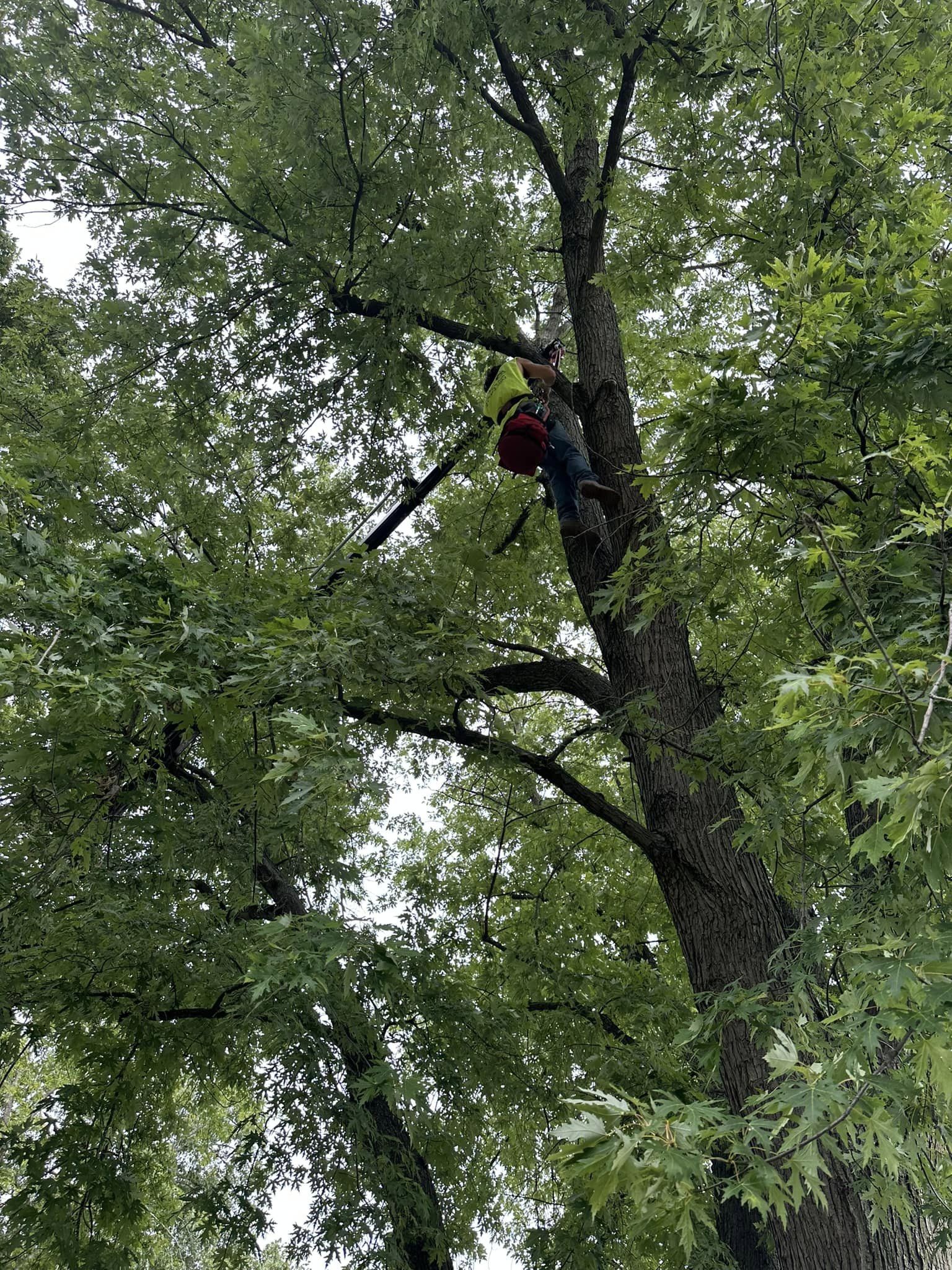
Dealing with Storm Damage
- Preparation for Severe Weather: Richmond is no stranger to severe weather events, including storms, hurricanes, and heavy winds, which can cause significant damage to trees. Preparing trees ahead of time by pruning weak or overhanging branches, securing loose limbs, and mulching around the base can minimize storm damage.
- Treating and Repairing Storm-Damaged Trees: In the aftermath of a storm, assess trees for damage and prioritize safety measures. Remove broken or hanging branches carefully to prevent further injury or property damage. Proper pruning cuts and wound dressing can aid in tree recovery and reduce the risk of disease or pest infestation.
- Calling in Professional Help if Needed: While many tree care tasks can be performed by homeowners, dealing with extensive storm damage or large trees may require professional assistance. Certified arborists have the expertise and equipment to safely assess and address tree damage, ensuring the health and safety of both the trees and surrounding property.
Conclusion
In conclusion, proper tree care is essential for maintaining a healthy environment in Richmond, VA. By following these expert tips for pruning, watering, pest control, disease prevention, and storm damage treatment, you can ensure the vitality and longevity of your trees. Remember to seek professional help when needed and continue to prioritize tree care for the well-being of our community and the environment. Together, let’s nurture our urban forest and create a greener, healthier Richmond, VA.
Tree Trimming Richmond
(804) 533-3943
https://treetrimmingrichmond.com/

